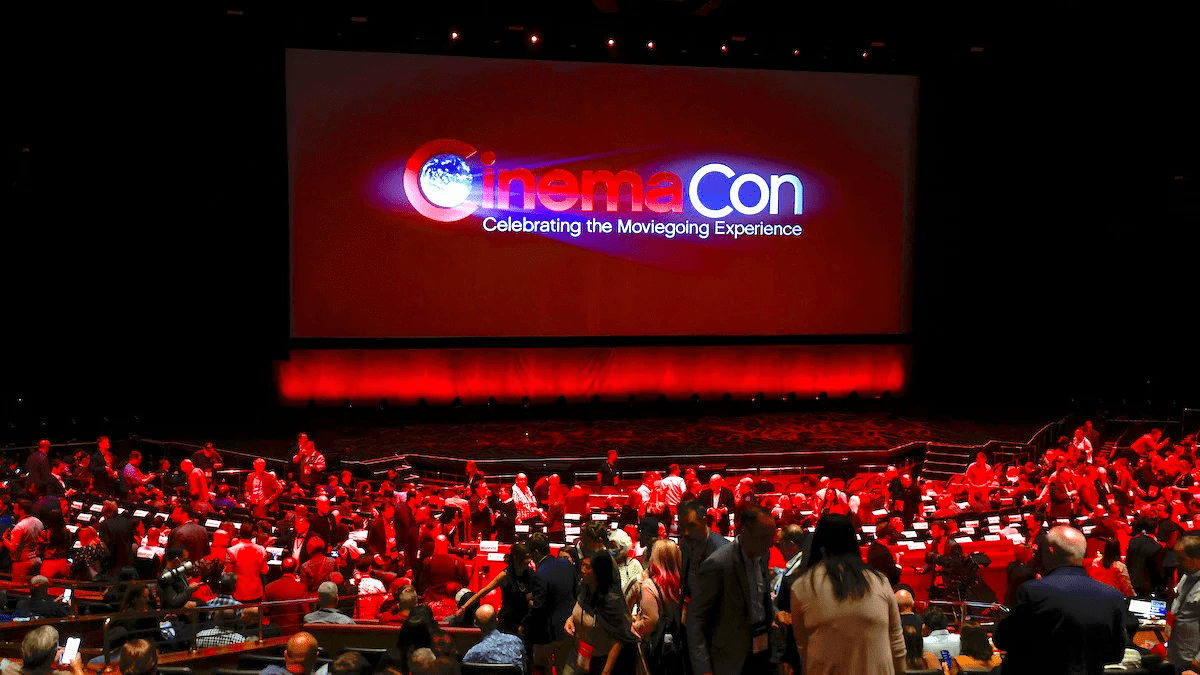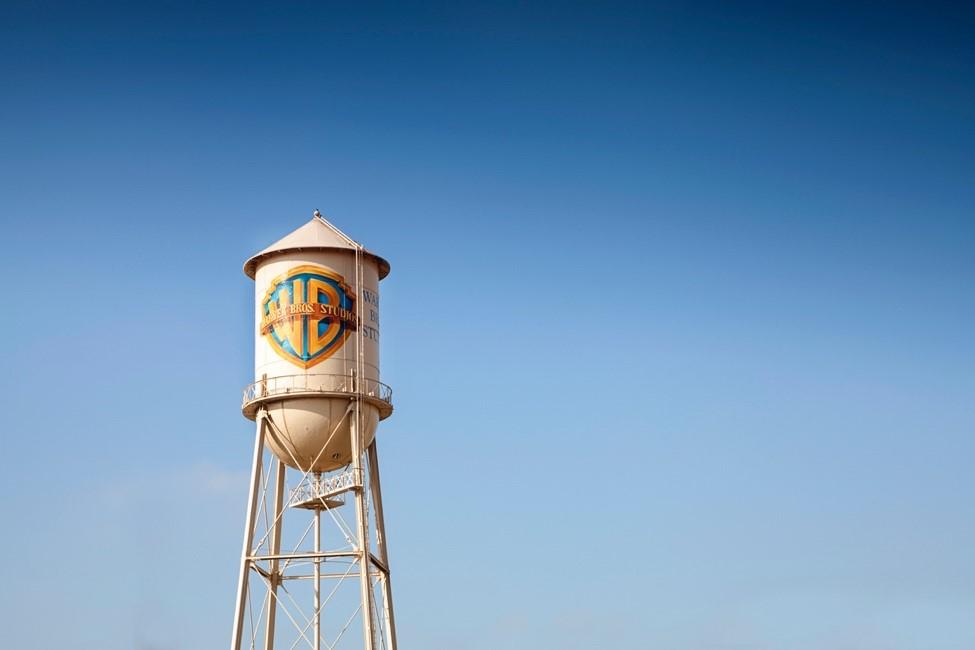INDUSTRY MOMENTUM SLOWS DURING QUARTER AS FEW TITLES SCORE WITH MOVIEGOING PUBLIC
The first quarter of 2022 began on Friday, January 7th, and ran 13 weeks through Thursday, April 7th. During that time, there Hollywood delivered a few successes and quite a few more misses. This resulted in wild swings from week to week as the industry struggled to maintain momentum. In the end, Q1 2022 produced only 56% of results turned in y Q1 2019. This is a step down from the upswing witnessed in the fourth quarter of 2020, which came in at 70% of the fourth quarter of 2019. The retreat in Q1 is the first in the last five quarters, which had seen steadily climbing comparisons when measured up against the same quarter in 2019.
Why did this happen? We believe that the following trends determined this overall performance:
- Only three titles had the clout to drive quarterly grosses
- A Dirty Dozen new releases disappointed
- Studios ran away from their biggest titles.
This quarterly review analyzes each of these factors and their impact on the quarter’s performance.
| 5-Year Avg. 1st Quarter Only |
5-Year Avg. All Quarters |
2022 1st Quarter |
|
| Top 3 Titles | $790M | $957M | $658M |
| Total All | $3,087M | $2,843M | $1,324M |
| Top 3 % | 26% | 34% | 50% |
| (Source: Box Office Mojo) | |||
THREE TITLES DOMINATED – It is often the case that a small number of big releases will dominate the quarter’s box office results. In Q1, the results were even more top heavy than usual, with three movies generating an incredible 50% of the total gross of the quarter.
 #1 – THE BATMAN – $350,957,687
#1 – THE BATMAN – $350,957,687
#2 – SPIDER-MAN: NO WAY HOME – $167,245,080
#3 – UNCHARTED – $139,674,056
TOTAL for #1, #2 & #3 – $657,876,823
TOTAL FOR ALL Q1 FILMS – $1,323,712,000
To get some perspective, we looked back at the last five non-pandemic years. And as it turns out, the current concentration is significantly higher than the norm.
The top three titles of Q1 2022 produced 50% of the overall market, a 24% higher share of the market than the top three titles produced during the Q1’s of 2015-2019 and 16% higher share than the top three produced during the entire five year period.
This highlights an increasing reliance on blockbusters to drive the market, with moviegoers being more selective in choosing which movies are worth seeing and seeing on the big screen.
With ever-expanding options from streaming and the shortening of theatrical windows, the alternatives to going out to the movies are making it even more difficult for new releases to succeed in theatres. This becomes a virtually self-fulfilling prophecy, with studios narrowing in on titles with blockbuster potential and hesitating on theatrical releases for their smaller films. Exhibitors, on the other hand, are faced with an abundance of seats and screens to fill and are eager to accept whatever new movies a studio makes available. This tension leads to our second key trend for the quarter.
A DIRTY DOZEN THAT DISAPPOINTED – The dominance of the top three left little room for other films to break through at the box office. Here is a list of twelve prominent Q1 releases that produced disappointing results.
| Title | Distributor | Release Date | Rating | Total Gross ($M) |
Locations | Day/Date Streaming |
|
| 1. | Infinite Storm | Bleecker Street | 03/25/22 | R | 1.6 | 1,525 | No |
| 2. | The King’s Daughter | Gravitas Ventures | 01/21/22 | PG | 1.8 | 2,170 | No |
| 3. | The Wolf and the Lion | Blue Fox | 02/04/22 | PG | 2.0 | 1,005 | No |
| 4. | Studio 666 | Open Road | 02/25/22 | R | 2.5 | 2,306 | No |
| 5. | The Outfit | Focus Features | 03/18/22 | R | 3.3 | 1,324 | No |
| 6. | Belle | Gkids | 01/14/22 | PG | 4.0 | 1,338 | No |
| 7. | The Cursed | LD Entertainment | 02/18/22 | R | 4.6 | 1,695 | No |
| 8. | Redeeming Love | Universal | 01/21/22 | PG-13 | 9.2 | 1,963 | No |
| 9. | Blacklight | Briarcliff | 02/11/22 | PG-13 | 9.6 | 2,772 | No |
| 10. | X | A24 | 03/18/22 | R | 11.0 | 2,865 | No |
| 11. | The 355 | Universal | 01/07/22 | PG-13 | 14.6 | 3,145 | No |
| 12. | Moonfall | Lionsgate | 02/04/22 | PG-13 | 19.0 | 3,446 | No |
These “Dirty Dozen” were just over half of the 23 new releases from the quarter that played at 1,000 or more locations. The total box office for the twelve was only $83.2M, an average of $6.9M per film. Universal/Focus had a particularly disappointing result, by contributing three titles to the list.
Looking at this relatively high failure rate, it is becoming harder for studio execs to justify green-lighting new titles for theatres, let alone beginning with an exclusive theatrical run. Additional revenue – and viewership – from online sources can be tempting when deciding on how best to distribute smaller, non-superhero-driven titles.
Exhibitors will keep up to 50% of the gross from an in-theatre movie ticket sale. Online, the studio most often walks away with a larger share of the money consumers spend on a premium video-on-demand rental. If a growing number of “B” titles struggle at the box office, fewer titles will be released in theatres, which leads to our third trend of the quarter.
STUDIOS RAN AWAY FROM THE BIGGEST TITLES – Studios have always been deliberate in selecting the best possible release dates for their pictures. In-house experts will look out at least a year in advance to select the best possible weekend to open their film. After a studio has staked its claim to a particular date with a major release, other studios will make adjustments to minimize direct competition.
In the past, a blockbuster would usually be able to open with no significant competition on its debut weekend. After the industry had cleared the way for a major to dominate on its opening weekend, other studios would adjust their releases so that their films would have the best possible chance of success.
During Q1 2022, this practice was pushed to the extreme. Studios steered clear of entire weekends when a high-grossing film was opening, leaving the blockbuster free to dominate the box office. For example
- On 1/28, studios offered no new wide-release films, steering clear of JACKASS FOREVER and MOONFALL which were expected to do well when they opened the following weekend on 2/4.
- On 2/25, the week after UNCHARTED opened, the only new wide-opening film was Open Road’s STUDIO 666, which grossed a paltry $1.5M for its entire theatrical run.
- On 3/11, there were no new wide openers on the week after THE BATMAN premiered.
As a result, a full three weeks from the 13-week quarter were devoid of any new titles of consequence to contribute to the quarter’s overall results. The movie business used to be a 52-week per year operation, with blockbusters punctuating a steady stream of offerings. The industry would never pass on an entire weekend.
The three trends are all contributing towards a reduction in the number of new wide release titles. Many theatres were built in a time when it took 10 or more screens to be able to offer moviegoers the full range of studio titles in distribution at any one time. The reduction in the number of new releases can only be seen as a dark cloud looming on the horizon.
On the other hand, exhibitors enjoyed some notable successes during the quarter. SPIDER-MAN: NO WAY HOME exceeded all expectations with its record-setting $800M run, THE BATMAN and UNCHARTED produced very healthy grosses, and JACAKASS FOREVER and DOG were pleasant surprises. These results make it clear that the exhibition has shaken off the grip of COVID-19, moviegoers are returning to theatres, and the industry is moving in a positive direction.













